I have a Panasonic RX-ES29 boombox with a type C plug (ungrounded). I sometimes hear a relatively loud snap/pop sound in the right speaker of my headphones while I completely plug them into the headphones jack of the boombox when it's on. There's a little buzz when the tip of the jack is inserted but the loud pop comes when the jack is completely inserted. My headphones are Audio Technica ATH-AVC500.
I tried to capture that sound using a male to male cable, but after playing the captured one, it's not as loud as the one I hear by physically connecting headphones to it. You can see the pictures I took from Audacity here and there.
Audacity doesn't detect it as an audio clipping, but it looks like it is by the pictures that I linked above.
One of the strange things about it is that it does not always occur, I mean it's not always there; like sometimes when something discharges near your finger. I tried to unplug and plug several times just after hearing the loud sound but it's gone, exactly like when a charged object is discharged and it needs some time to charge up again.
I'm very curious to know an explanation for this weird behavior.
